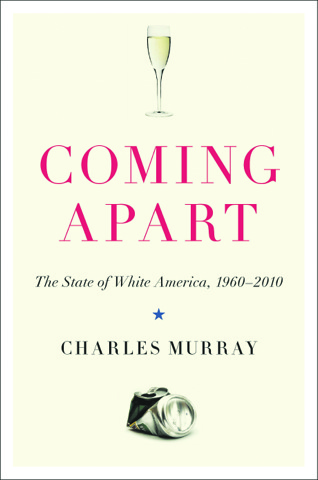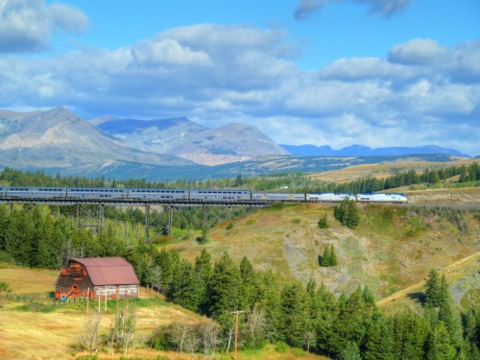Atlantic blogger Eric Jaffe asks, “Can we stop pretending cars are greener than transit?” It’s a pointless question because no one really says that cars are greener than transit. On the other hand, claims that transit is greener than cars are vastly overblown.
Jeffe makes a few duffer mistakes that show he hasn’t thought this through. For example, he admits that it is a mistake (which many transit advocates make) to compare full buses with cars of average occupancy. He then proceeds to compare buses of average occupancy with cars with single occupants. But cars don’t average one occupant; the urban average is about 1.6 and the intercity average is about 2.4. While it is true, as many transit advocates point out, that putting one more person on a bus doesn’t significantly increase energy consumption, it is also true (and perhaps even more doable) that putting one more person in a car doesn’t significantly increase energy consumption.
Jaffe suggests that the reason why transit vehicle occupancy rates are low is because transit agencies “choose to design systems that favor coverage over capacity, knowing full well that will mean running some empty buses, because suburban or low-income residents need them.” In fact, “coverage over capacity” is a revenue strategy: agencies want to justify taxing wealthy suburbs, so they send buses and build trains to those suburbs even though most houses have three or more cars in their driveways. If we want to help low-income residents, it would be cheaper, greener, and greater help to them to simply give them used, but energy-efficient, cars.










